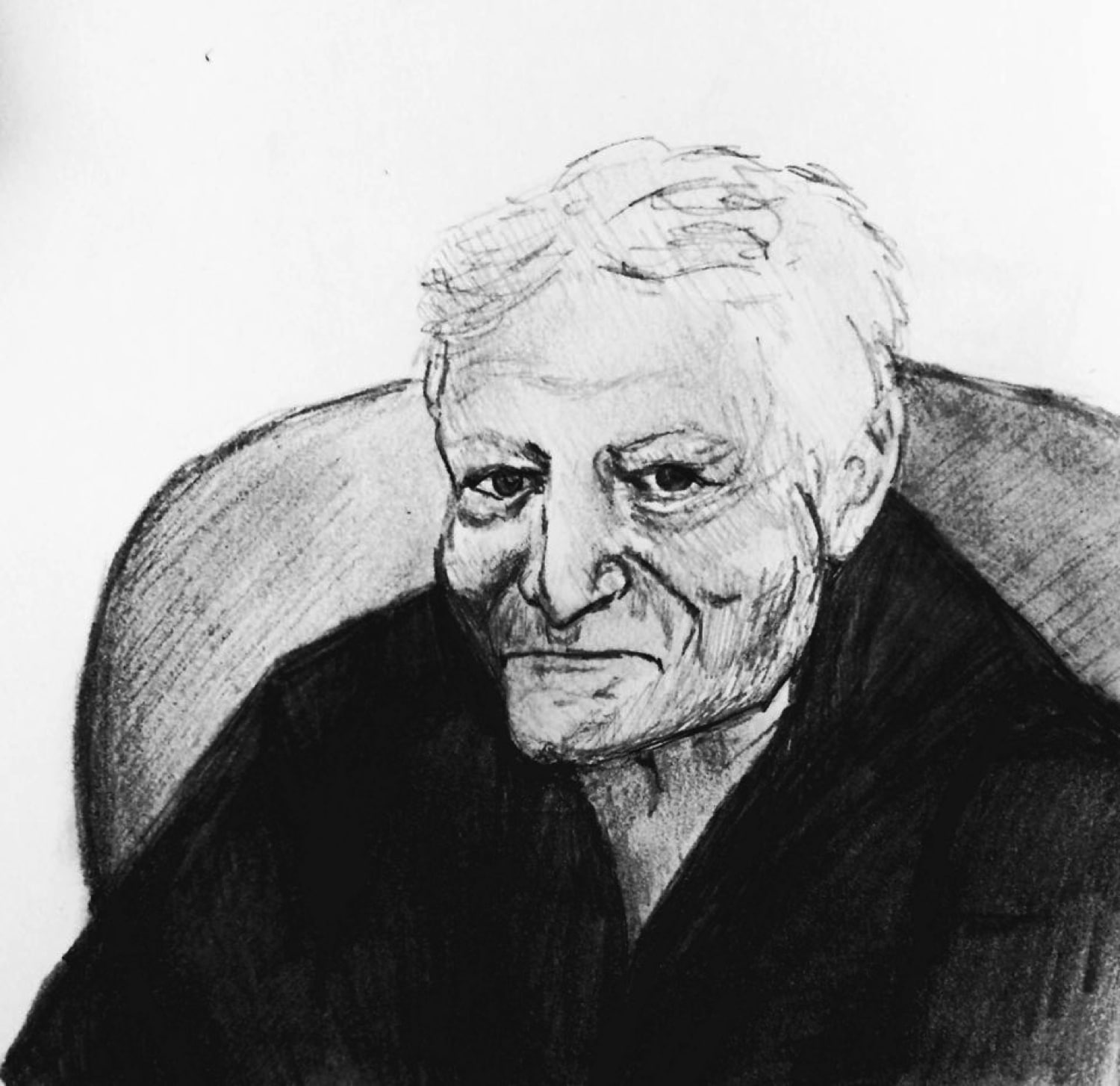For every person who idolizes the late Hugh Hefner, there is at least one person who despises him. On one side, both in media and in society, he brought sexual “liberation” into the conversation in the 1950s when he founded “Playboy,” in which he created a space for women outside of the kitchen. On the other, feminists argue he brought women out of the kitchen only to dictate a different place for them in society.
Although Hefner was historically on the progressive side of civil rights, the LGBT+ movement and abortion rights, the true cornerstone of his legacy — his greatest contribution — was the glorification of treating women as possessions that defined both his professional and personal life. This objectification, of course, has been perpetuated by men for centuries, but in this case, it was veiled by Hefner himself as a progression of women’s rights.
Hefner made a name for himself and his business by publishing the first ever “Playboy” in 1953. What set the magazine apart was Hefner’s inclusion of nude photos he’d discovered and purchased of Marilyn Monroe. She’d neither posed for “Playboy,” nor did she know they would be used and published in the magazine. Hefner’s professional legacy was founded on an act that is, today, illegal.
Hefner’s entire empire was based on fueling a sexual revolution — but unfortunately, it wasn’t for women; it was for the men who wanted to look at them. Rather than giving women a platform to be more sexually expressive, “Playboy” catered directly and exclusively to the male gaze. Yes, it was revolutionary, but only because it normalized the sexualization of women in media without it being “dirty” or “porn.”
From then on, women posed naked or nearly naked for the magazine, buffed and busty for the viewer. Young, beautiful and often vulnerable women flocked to Hefner’s mansion. If they made the cut, everything about them became what Hefner wanted: too-tight outfits and expected sexual favors with a strict and carefully constructed persona maintained at all times.
And let’s not forget the bunnies, the women that Hefner liked to parade around parties and clubs as possessions. By forever linking the two — woman and bunny — Hefner created the role of women in his life to be the same as those of pets: obedient and owned. And by doing so under the guise of loving women, his far-reaching influence makes it that much more difficult for boys growing up to understand the difference between respect and misogyny.
For the women who stayed in Hefner’s infamous mansion, the fantasy of the subservient woman was much more of a reality: curfew, visiting hours and giving sexual favors were often a must for all women in the house. Objectively Hefner seemed like a gross and lonely old man, but in reality, he was the king of an empire and a brilliant businessman. I have been able to recognize the iconic bunny logo for as long as I can remember, and it certainly wasn’t because I was seeking out Hefner’s publications.
Sexualizing women in media has been the norm for decades, whether it’s in film, television, advertising or the countless other forms of visual content. Stripping women of their clothes and their autonomy and then building them back up as an image that men want to see has also been the norm, and much of that normalization is thanks to Hugh Hefner. The over-sexualization of women in media has been linked to women’s mental health problems for years, and Hefner’s contributions to this are no less harmful by the progressive labels of “revolution” and “liberation” often prescribed to them. When men like Hefner are given a platform, his sexist behavior and those who imitate him become something to be celebrated rather than condemned.
“Playboy” seemed to never care about what women wanted sexually or otherwise, beyond what directly served the misogynist regime it upheld. The people that find positives in what Hefner did for women have to wade through or completely ignore the harmful ideals he represented. A man who became a symbol of sex and sexual freedom built his kingdom on the backs of women whose sexuality he ultimately commodified, placing them in a space where they could only be his vision of sexy. Does that fit the narrative of a sexual liberation for women? Not a chance.
Samantha Farrell is a senior Media Arts and Culture major. She can be reached at sfarrell@oxy.edu.
![]()




































